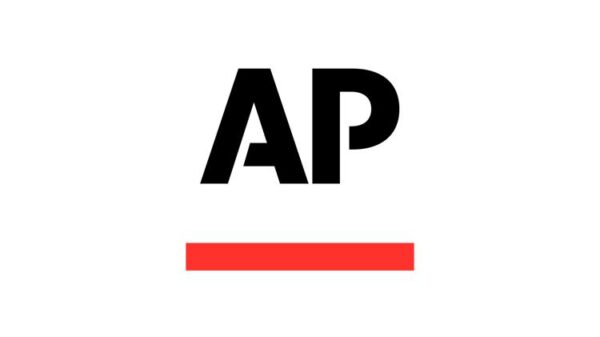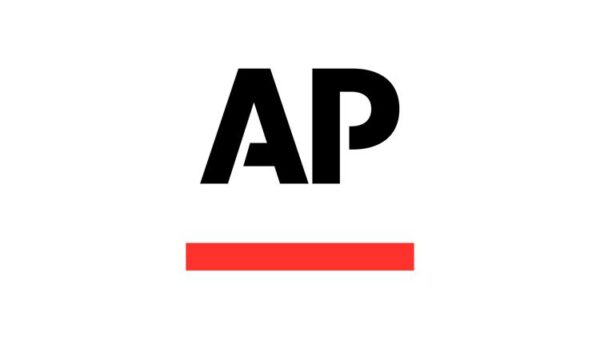In a significant advancement for urban underground engineering, a research team from Tongji University has developed a new framework for assessing the vulnerability of shield tunnels under surcharge loading. This framework aims to address the critical risks posed by accidental surcharge, a man-made hazard that can severely impact the safe operation of metro systems. The team’s findings highlight the need for improved evaluation methods, particularly as existing studies have primarily concentrated on seismic hazards.
Addressing Vulnerability Gaps
Accidental surcharge can lead to various structural issues, including horizontal convergence, joint dislocations, and leakage. The previous research often relied on single damage indicators, which could result in misleading evaluations. Furthermore, many studies did not adequately consider uncertainties related to soil parameters and tunnel burial depths, limiting their practical applications in real-world scenarios.
The study, titled “Vulnerability Analysis of Shield Tunnels Under Surcharge Loading,” introduces a comprehensive vulnerability assessment framework that takes into account these uncertainties. The researchers constructed a two-dimensional numerical model of shield tunnels embedded in soft soil using ABAQUS, a software widely employed for engineering simulations. This model was validated using field monitoring data, ensuring its reliability.
To assess damage, the researchers focused on joint openings and horizontal convergence as key damage indices. They categorized damage states into five classifications: none, minor, moderate, extensive, and collapse. Through Monte Carlo simulations, they developed fragility curves that illustrate the probability of reaching specific damage levels, alongside vulnerability curves that represent expected damage levels. The fitting accuracy of these curves was notably high, with R² values close to 1.
Key Findings and Practical Applications
The analyses covered tunnels at various depths—shallow (8 m), moderately deep (16 m), and deep (30 m)—yielding critical insights. For instance, it was determined that Joint 2 exhibited the highest failure probability under the same surcharge conditions. Moderate depth tunnels showed increased vulnerability when surcharge levels exceeded 50 kPa, while deep tunnels, although initially more vulnerable due to greater soil and water pressures, were less responsive to further surcharge increases. Notably, the vulnerability index based on horizontal convergence surpassed that of Joint 1 as surcharge increased.
This framework was practically applied to assess a section of the Shanghai Metro Line 2, successfully identifying high-risk zones, specifically ring Nos. 350–390 and 550–590. The research team proposed targeted mitigation measures such as grouting and bonding materials like AFRP or steel plates based on the vulnerability levels detected.
The findings of the study, authored by Zhongkai Huang, Hongwei Huang, Nianchen Zeng, and Xianda Shen, represent a significant step forward in understanding and mitigating risks associated with shield tunnels under surcharge loading. The full text of the paper can be accessed at this link.





































































